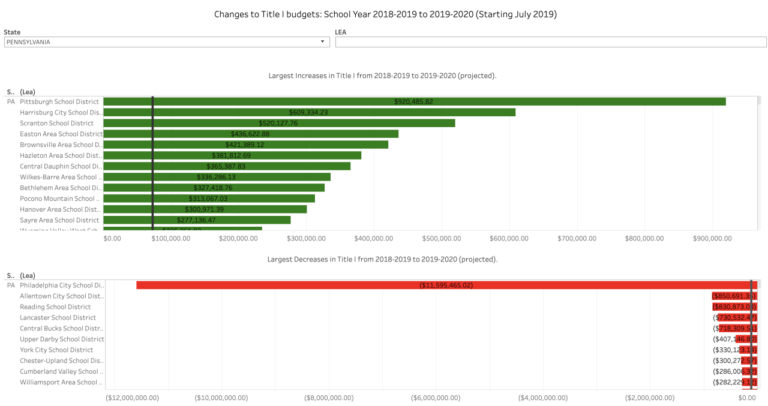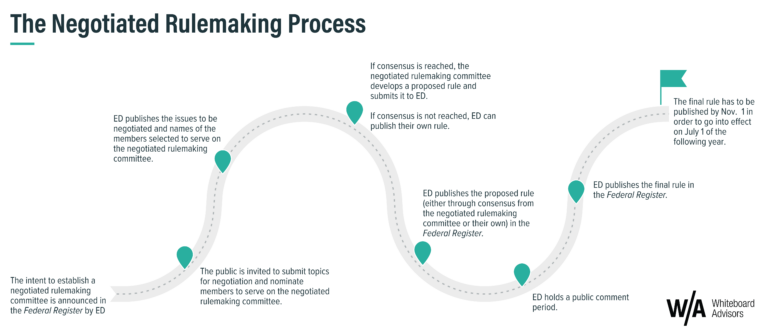Education vendors and district leaders are grappling with an education funding paradox as the new school year approaches.
The overall funding for the Every Student Succeeds Act (ESSA) has been slowly increasing. Title I, the largest account in the law, went from $15.7 to $15.9 million from federal fiscal year (FY) 2018 to FY 2019. Yet some local Title I budgets are decreasing and some by a large amount.
Compare, for example, the projections for Pennsylvania. Despite the overall increase in Title I, the state is on the negative side of the number line by about $14 million. Digging further into it, Pittsburgh is projected to receive an increase of nearly $1 million of Title I while Philadelphia is looking at a projected $11 million shortfall. Yikes. A swing of this magnitude — or anything close to it — will cause budget officers and vendors to scramble.
The law does include a “hold harmless” provision that prevents a district from getting less than 85 percent of its prior year allocation, but that doesn’t do much to relieve the stress of lost revenue — especially when the overall funding for Title I is on the rise.
The culprits for these gaps are the complex and poorly understood distribution formulas for Title I. The Title relies on four complex formulas that combine to generate the allocation of funds to states. They are so opaque that, when Congress passed ESSA in 2015, lawmakers required the Institute of Education Sciences (IES) to draft a report that explains how it all works. Four years later (May 2019), IES published a 205-page report that concludes — without sarcasm (I think) — that the process is complicated and it is hard to predict how allocations would react to formula adjustments. Consider this gem of a statement: “The intent was not to provide an exhaustive analysis of potential allocations of alternative formulas but rather to provide examples of tabulations that highlight analytic concepts that researchers and policy analysts may find useful.” In other words, the IES report doesn’t help to clarify matters. I wonder how many readers carried on after reading that?
What’s clear is this: unless something dramatic happens with the funding level or the formulas (which is not likely), an unpredictable sweepstake of federal education funding winners and losers will play out every year. It never seems to be smooth sailing, even when allocations seem level and predictable at the top level.
Explore the projected Title I allocations for July 2019 here:
KEY TAKEAWAYS:
1. Funding levels for ESSA have been “level” (or the same as prior years) or increasing slightly.
2. The formula allocation from the federal government to states and states to districts can create surprises. Every year there are winners and losers, even if the overall funding goes up.
3. Be sure to review the budget forecast for particular districts. The mood in each budget office will certainly be determined by the expected increase or decrease for the forthcoming school year.




